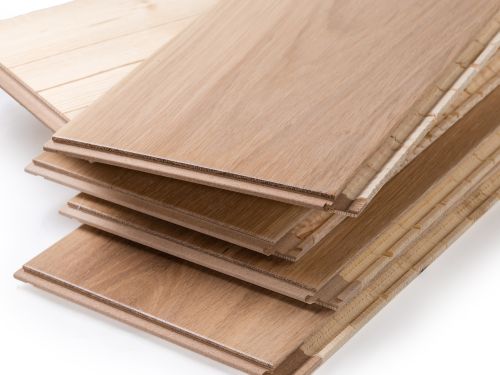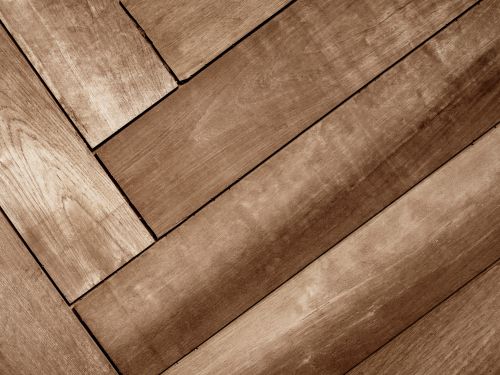Choosing the Best Flooring for Your Home
When upgrading or remodeling your home, hardwood flooring remains one of the most timeless and desirable choices. Homeowners often find themselves deciding between solid hardwood flooring and engineered hardwood flooring. Both options bring natural beauty and durability, but their construction, performance, and long-term suitability differ—especially in climates like the Pacific Northwest where dampness and fluctuating humidity can impact flooring. Understanding the differences can help you make the right investment for your home.

What is Solid Hardwood Flooring?
Solid hardwood flooring is crafted from a single piece of natural wood. Planks are typically ¾ inch thick and can be sanded and refinished multiple times throughout their lifespan. Popular wood species include oak, maple, cherry, and hickory, all offering unique grain patterns and natural tones.
Pros of Solid Hardwood
- Longevity: Can last 50+ years with proper care.
- Refinishing ability: Can be sanded and refinished several times, extending its life.
- Natural beauty: Adds timeless character and increases home resale value.
Cons of Solid Hardwood
- Moisture sensitivity: Prone to warping, cupping, or gapping in humid or damp conditions.
- Cost: Typically more expensive than engineered hardwood.
- Limited installation areas: Not ideal for basements, bathrooms, or below-grade spaces.
What is Engineered Hardwood Flooring?
Engineered hardwood consists of a thin layer of real hardwood on top of multiple layers of plywood or high-density fiberboard (HDF). This layered construction provides stability and resistance to environmental changes.
Pros of Engineered Hardwood
- Moisture resistance: Performs better than solid wood in humid climates, making it suitable for the Pacific Northwest.
- Versatility: Can be installed in basements, over concrete, or with radiant heating systems.
- Cost-effective: Typically less expensive than solid hardwood while still offering real wood appeal.
- Ease of installation: Many engineered options use click-lock systems that simplify installation.
Cons of Engineered Hardwood
- Limited refinishing: Depending on the thickness of the hardwood layer, refinishing may only be possible once or twice.
- Lifespan: While durable, engineered hardwood generally doesn’t last as long as solid hardwood.
- Perceived value: Some buyers still prefer the prestige of solid hardwood.
Comparing the Durability
Solid hardwood excels in long-term use if kept in a stable, dry environment. It’s best for main living areas, bedrooms, and spaces above ground.
Engineered hardwood handles moisture fluctuations better, making it a safer choice for basements, kitchens, or areas with radiant heating systems.
Cost Considerations
Solid hardwood flooring usually costs more upfront, both in materials and installation. However, its ability to be refinished multiple times can make it cost-effective in the long run.
Engineered hardwood flooring comes in a wider price range, often more budget-friendly. While refinishing is limited, replacement costs are typically lower.
Best Choice for Pacific Northwest Homes
The Pacific Northwest is known for damp winters, fluctuating humidity, and occasional heavy rainfall. These conditions make engineered hardwood flooring a better option in many homes, as it resists warping and expansion. For homeowners who prioritize longevity and want the option to refinish multiple times, solid hardwood is still an excellent choice—provided it is installed in drier, climate-controlled areas.
Ultimately, the best choice depends on where you’re installing the flooring and how much maintenance you’re prepared to commit to. Many homeowners combine both: solid hardwood in main living spaces and engineered hardwood in basements or moisture-prone areas.
Engineered or Solid Hardwood? Making the Right Choice for Durability and Style
Both solid and engineered hardwood flooring offer beauty and durability, but their differences in construction, cost, and performance make them better suited for different applications. For Pacific Northwest homes, engineered hardwood often provides the most reliable performance against moisture, while solid hardwood offers unmatched longevity and elegance in the right spaces.
By weighing the pros and cons, you can choose the hardwood flooring that enhances your home’s value, matches your lifestyle, and performs well in your local climate.

